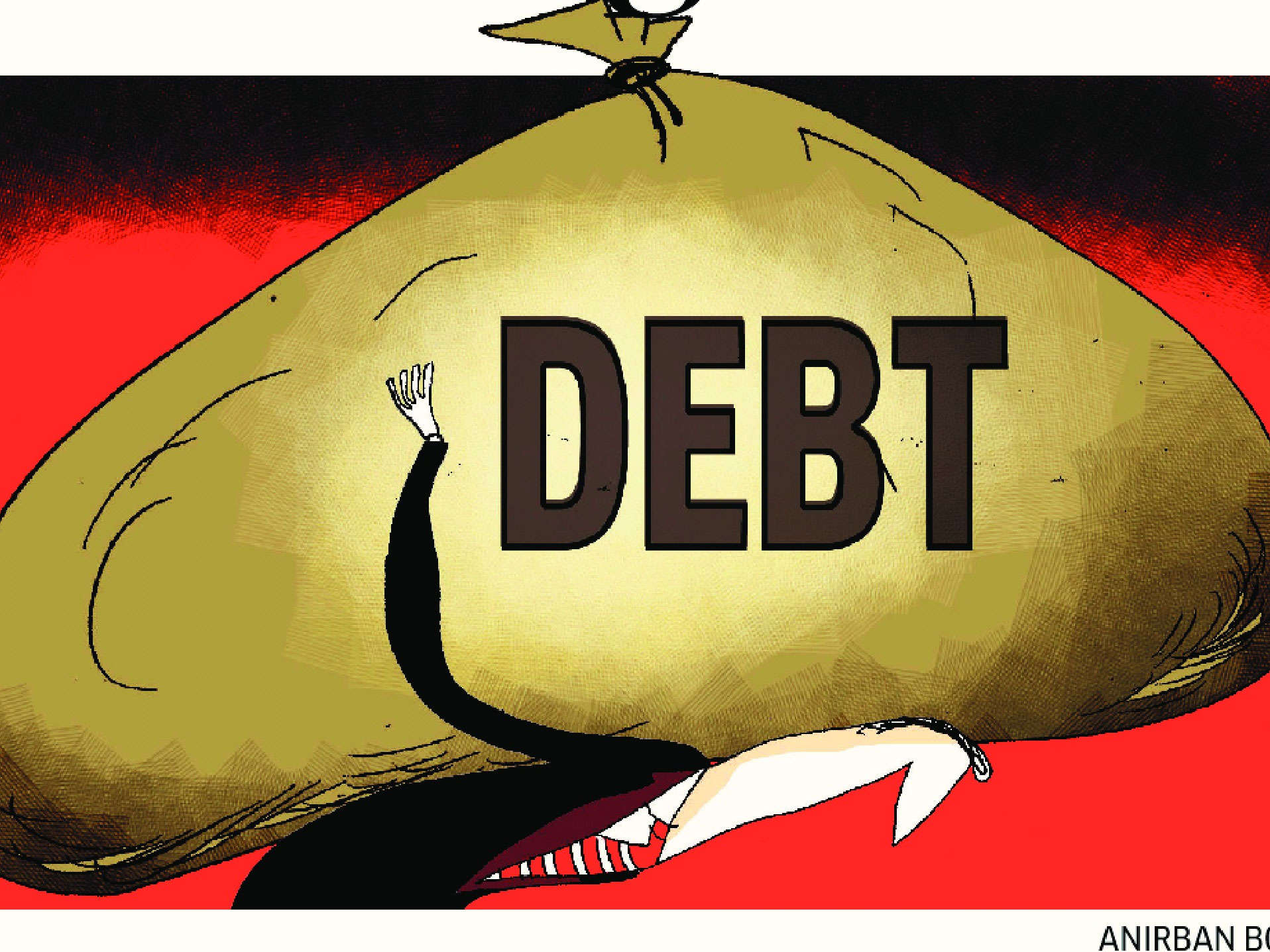INSUBCONTINENT EXCLUSIVE:
Mumbai: The flow of new non-performing assets (NPAs) has decreased in the last one year due to early recognition by banks and an improvement
in corporate health indicating that stress in the banking system may have finally peaked, new data from credit information company Cibil
show.
Of the Rs 54.2-lakh crore of loans in the banking system, about 19 per cent, or Rs 10.4 lakh crore, has been declared NPA as of March
2018 down from 16 per cent, or Rs 8 lakh crore out of a total of Rs 49.4 lakh crore in March 2017, according to data exclusively shared with
ET.
Cibil estimates that the total unrecognised NPAs has shrunk from Rs 5.5 lakh crore in March 2017 to Rs 3.1 lakh crore in March 2017
indicating a trend reversal.
Besides total NPAs already declared by banks, Cibil also monitors so called unrecognised NPAs which are loans
declared NPAs by one set of banks but are still accounted as standard in another bank’s books
A slowdown in these loans means that the chances of new NPAs are now decreasing.
Cibil CEO Satish Pillai said data show that India’s
stubborn NPA problem may have already peaked in September 2017
“The clean part of banks’ loan book is rising which is positive and why we think the peak may have been in September 2017
Overall NPA addition is expected to slowdown post September 2019 after which the banking system is expected to remain stable with a downward
bias if there is a strong recovery from identified NPAs,” Pillai said.
Cibil has a database of more than 14 million borrowers which
includes public and private limited companies, partnership firms and proprietary concerns making its database bigger than the RBI monitored
Central Repository of Information on Large Credits (CRILC) which monitors corporate loans above Rs 5 crore.
Pillai said most of the NPAs
come from large borrowers with loans at Rs 100 crore and above while it is the micro segment which has maintained credit quality so
far.
“In the large segment, 60 per cent of the loans could be unclean (not standard loans)
For micro it is opposite, probably 80 per cent which is clean
There could probably be 10,000 companies in the country
This segment has three times more NPAs at 24 per cent versus 8 per cent for micro companies
They also have the highest risk from a balance sheet standpoint,” Pillai said.

